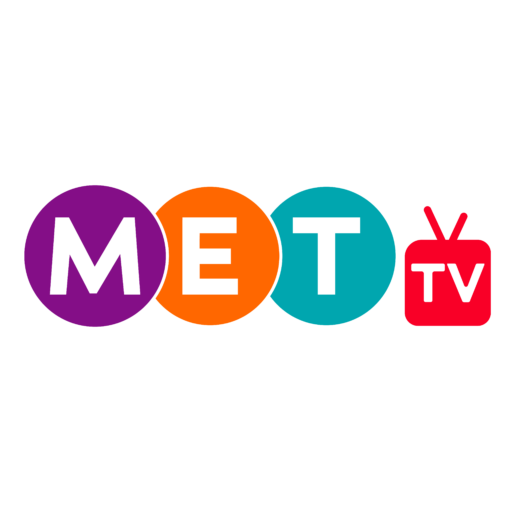By: Mac Clarke
January 28th, 2024
Perhaps the most intimidating part of working in the Media Production industry is the infamous pitch. The pitch is a critical tool used in the business for an idea to gain interest and support from networks and production companies. The pitch includes all of the nitty-gritty details relating to the story, logistics, and financials of a production. When executed correctly, a pitch is a tedious, informative, and exciting presentation that allows someone the best platforms to sell their idea, from imagination to reality.
Pitching in Media involves a multitude of steps to ensure that your production plan is clear and points to success from pre- to post. The first step in pitching is ideation; this stage involves conducting writing and research to form your idea. This writing/research can be presented in a slide deck or written submission, depending on what the company you are pitching to prefers and/or what works best to convey your idea. From then, the pitch is presented by you/your team and evaluated by industry experts. The pitch will either be “Greenlit” (meaning it moves forward into the primary stages of production) or be rejected by the production company.
More often than not, pitches tend to be rejected by production companies. This can be due to a multitude of factors, such as contrasting visions, limited budget, limited resources, poor timing, different deadlines, etc. Sometimes these factors that lead to rejection are in your control, sometimes they are not. Regardless, as media professionals and creatives, we mustn’t let rejected pitches discourage our abilities to create fantastic work. TMU Media Production Professor, James Nadler, expressed to a recent RTA315 Media Business class the importance of resilience when it comes to pitching in the industry. His tip for remaining optimistic is keeping track of some of his best-failed pitches of all time. This creates a lighthearted attitude toward accepting rejection and allows us to reflect on our pitch strengths and weaknesses more easily.
An important framework to keep in mind when creating a pitch is the “Media Pitch Framework”. This is a guideline that helps us identify what our pitch should include and WHY! Here are the key factors included in the Media Pitch Framework:
01: Have a hook/an intro (AKA the Elevator Pitch) – Identifies your WHAT
02: Identify the need/problem that you are planning to solve
03: Make sure to understand your competition
04: Make sure to research your target market (includes your ideal potential or existing consumer)
05: Include the tedious production details regarding the solution, product, or service you are offering
06: Include a tedious breakdown of your financial plan (Budget, Timelines, Funding, Sources)
07: Include a marketing plan/timeline/methods for marketing your proposed solution, product, or service
08: Include a Q&A page for the company you are pitching to. Allow them to first digest all information and then openly ask questions regarding any of the information you provided
At the end of the day, the more that you pitch, the more comfortable with it you will become:)
